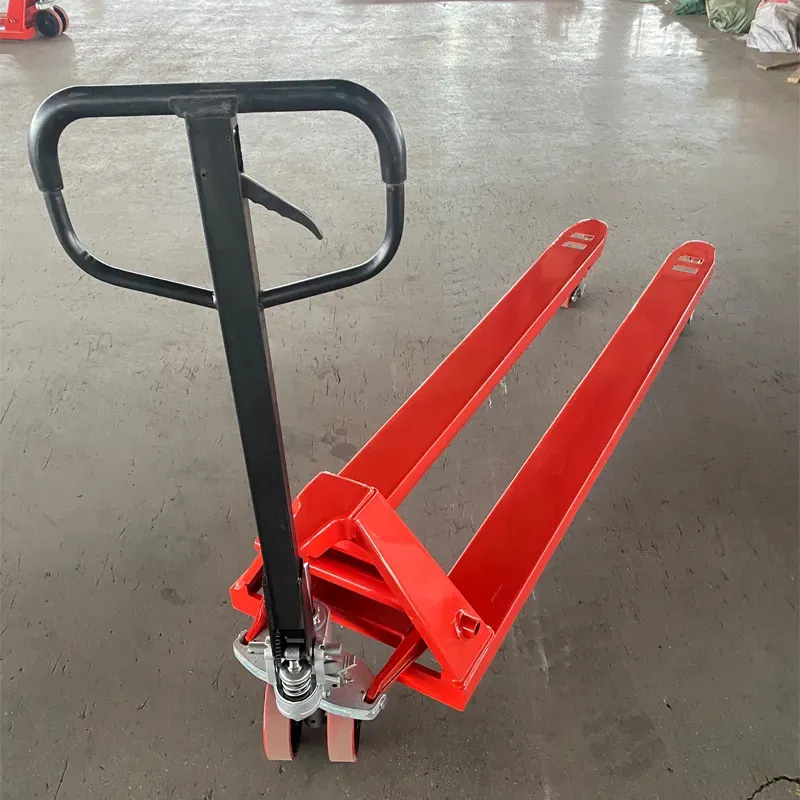


Portable Fall Protection Ensuring Safety at Heights
In today’s fast-paced work environment, especially in construction, maintenance, and various industrial settings, the safety of employees is paramount. One of the most significant risks in these industries is falling from heights, which can lead to severe injury or even fatalities. To mitigate this risk, portable fall protection systems have emerged as essential safety measures. These systems are designed to provide secure anchorage and support for workers engaged in tasks at elevation, ensuring their safety while allowing for mobility and flexibility on the job site.
Portable fall protection systems come in various forms, including harnesses, lanyards, and anchors, all of which can be easily deployed and removed as needed. The key advantage of portable systems is their adaptability; they can be used in a wide range of applications, from scaffolding work to roof maintenance. Unlike traditional fixed systems that are permanently installed in one location, portable solutions allow workers to set up safety measures wherever they are required.
One popular form of portable fall protection is the use of personal fall arrest systems (PFAS). These systems typically comprise a full-body harness, a shock-absorbing lanyard, and a secure anchorage point. Workers can move freely while remaining attached to a safety line, minimizing the risk of a fall. The harness distributes the force of a fall over the body, significantly reducing the risk of injury. Additionally, it is important for workers to conduct proper fall protection training, ensuring they know how to correctly use and inspect their equipment.

Another effective portable fall protection solution is the use of guardrails or safety nets. While these systems may require more setup time than a PFAS, they provide robust protection for a larger area. Portable guardrails can be adjusted to fit various work environments, allowing for increased safety during extended projects. Safety nets, on the other hand, catch falling workers or objects, preventing injuries from impacts with the ground or lower levels.
Employers must prioritize the implementation of portable fall protection solutions by conducting thorough risk assessments to identify areas where falls may occur. Once potential hazards are recognized, appropriate fall protection equipment should be selected, and employees should be trained in the proper use of these systems. Regular inspections and maintenance of the equipment are essential to ensure its reliability and effectiveness.
The adoption of portable fall protection systems is not only a regulatory requirement in many regions but also a moral obligation for employers. By investing in quality fall protection equipment and training, companies demonstrate their commitment to employee safety, which can enhance morale and productivity. Furthermore, protecting workers from fall-related incidents can lead to reduced insurance costs and fewer lost workdays due to injuries.
In conclusion, portable fall protection systems play a critical role in safeguarding workers at heights across various industries. Their flexibility and ease of use make them an ideal solution for those engaged in tasks where falls are a risk. By implementing effective fall protection strategies, providing training, and ensuring regular equipment maintenance, employers can create a safer working environment. Ultimately, the well-being of employees should always be the foremost priority, and portable fall protection systems are a vital step toward achieving that goal.



